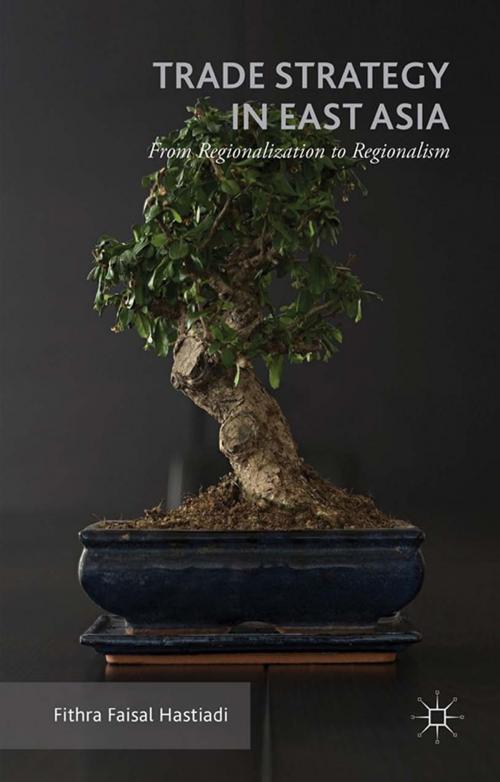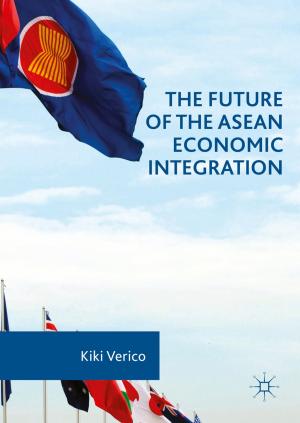Trade Strategy in East Asia
From Regionalization to Regionalism
Nonfiction, Social & Cultural Studies, Political Science, Politics, Economic Policy, Business & Finance, Economics| Author: | Fithra Faisal Hastiadi | ISBN: | 9781137569677 |
| Publisher: | Palgrave Macmillan UK | Publication: | April 8, 2016 |
| Imprint: | Palgrave Macmillan | Language: | English |
| Author: | Fithra Faisal Hastiadi |
| ISBN: | 9781137569677 |
| Publisher: | Palgrave Macmillan UK |
| Publication: | April 8, 2016 |
| Imprint: | Palgrave Macmillan |
| Language: | English |
The study of regionalism is essential as it has become a vital trend with profound regional and global impacts. Japan, Korea and China are regarded as the key actors for such action in East Asia. While regionalization has created building blocks for economic integration, the act of exclusion from regionalism will only lead to marginalization. Therefore, it is important to learn how to make it work.
This book analyzes the effect of China, Japan and Korea's trade strategy on ASEAN countries. As closer economic ties between countries in the area have expanded significantly in the last decade, economic regionalization in East Asia has proceeded in a much more dynamic fashion than regionalist projects. Hastiadi argues that regionalism in the form of Regional Trade Agreements (RTAs) is better than the present regionalization as it promotes sustainability in the future.
The study of regionalism is essential as it has become a vital trend with profound regional and global impacts. Japan, Korea and China are regarded as the key actors for such action in East Asia. While regionalization has created building blocks for economic integration, the act of exclusion from regionalism will only lead to marginalization. Therefore, it is important to learn how to make it work.
This book analyzes the effect of China, Japan and Korea's trade strategy on ASEAN countries. As closer economic ties between countries in the area have expanded significantly in the last decade, economic regionalization in East Asia has proceeded in a much more dynamic fashion than regionalist projects. Hastiadi argues that regionalism in the form of Regional Trade Agreements (RTAs) is better than the present regionalization as it promotes sustainability in the future.















